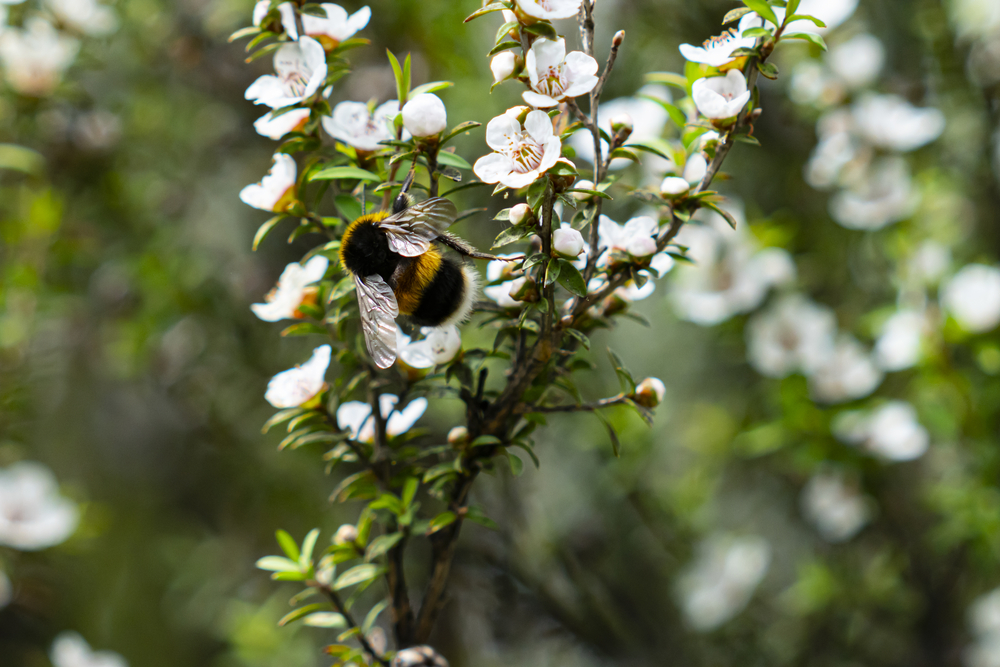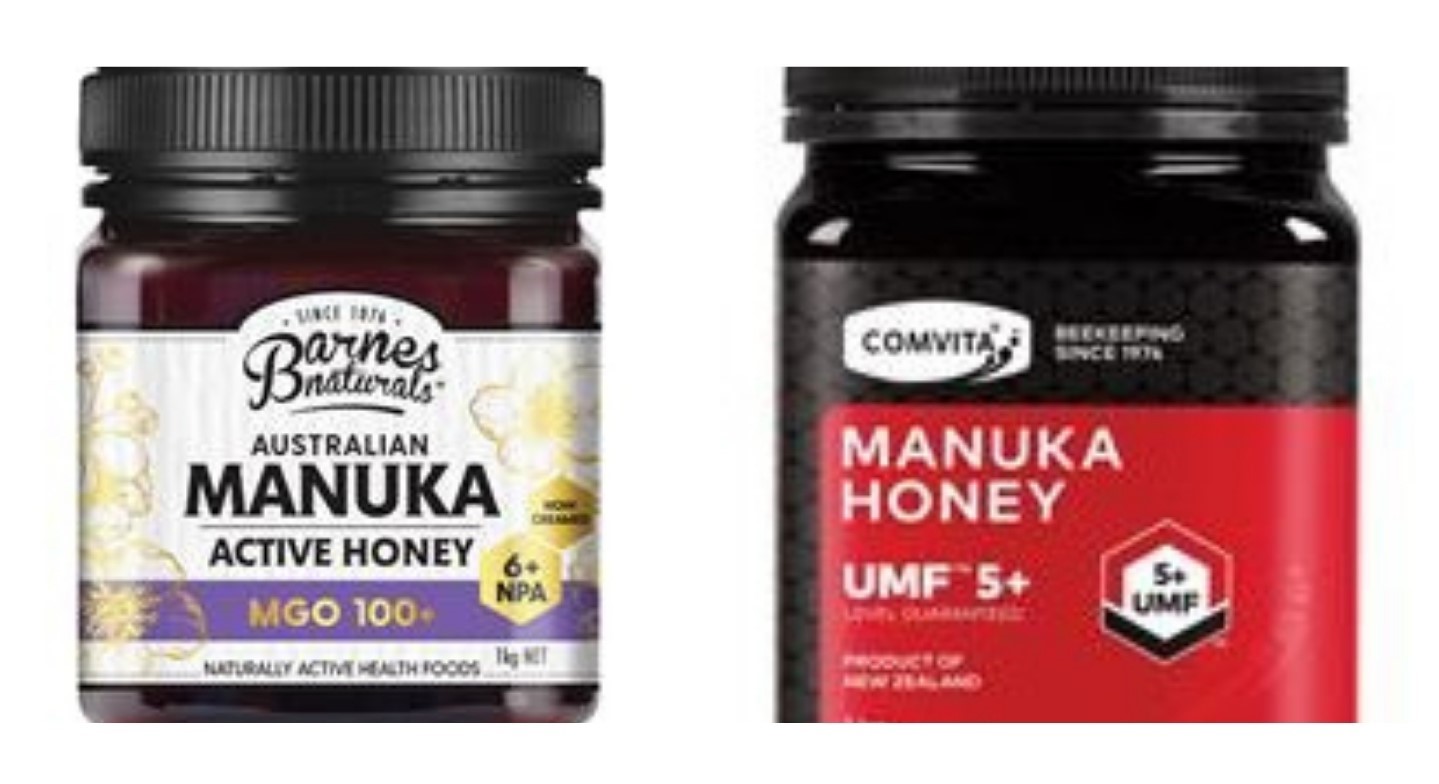- Home
- Blog
- Carbs, Sugars and Fibres
- Medical honey or Manuka honey
Medical honey or Manuka honey
Written by Catherine Saxelby
on Monday, 18 November 2013.
Tagged: honey

There's quite a bank of research behind these anti-bacterial honeys (or medical honeys or Leptospermum honeys). Certain honeys have been known for years to be good for wound healing but now it seems these active medi-honeys can also relieve sore throats, mouth ulcers, sore gums and possibly indigestion.
It's all due to the high antibacterial activity in the honey that's derived from the tea tree (Leptospermum), which is known as Manuka in New Zealand.
You don't dissolve the honey in tea or lemon juice as my Mum used to do when we kids were sick. You eat it straight from the spoon for maximum effect. The honey has to come into contact with the affected area, something I didn't grasp until unwell myself one time! Three to 4 tablespoons a day is what's suggested.
How medical honey works
Medical honeys appear to work in at least 3 ways:
- they're high in phenols, a type of antioxidant with an anti-inflammatory effect
- they contain natural hydrogen peroxide, an antiseptic
- their concentration of sugars produces a high osmolarity (concentration) which can inhibit the growth of bacteria. Which is why the undiluted honey needs to come into contact with the problem area.

Those numbers?
The number on the label e.g. 16+ does mean something.
This is a UMF rating which stands for "Unique Manuka Factor" and it means it's been tested for its antibacterial activity. It's like the SPF factors on sunscreen - the higher the number, the greater the protection - at least up to a point.
Rare as it is, you can buy honeys with UMFs of 20 to 25. This is generally believed to be too strong and can cause adverse reactions. Honey users recommend you use between 10 and 18 for both internal and external use. You'll find a clear explanation of all this here. These are for NZ manuka honeys only. In Australia, there is another grading system known as MGO which stands for methylglyoxal, which is a chemical that naturally occurs in Manuka honey.

The taste?
The medical honey's I've used look thickish and darker, proving tough to spread gently on a slice of toast. They're not golden and supple the way a supermarket honey is. I have a tube of medical honey in the bathroom that I keep just for cuts or sores. Yes it's sweet but it's not something I'd be keen to eat somehow.
You may also be interested in...
References / External articles
Foodwatch
The Good Stuff
The Boring Stuff
© 2025 Foodwatch Australia. All rights reserved
Website by Joomstore eCommerce









